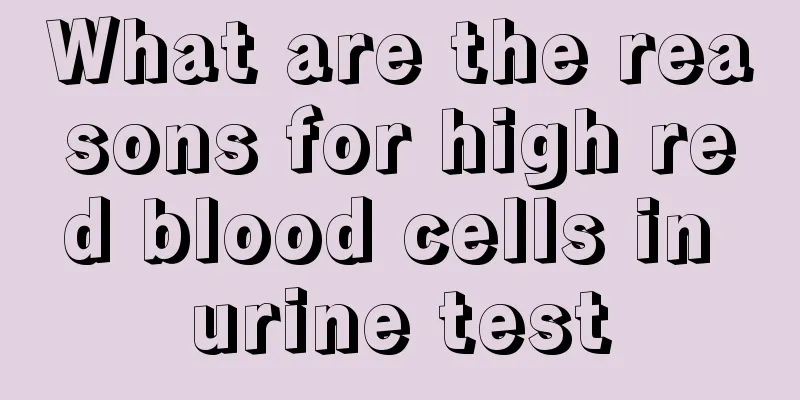What is the hamartoma in the kidney?

|
Renal hamartoma is a common benign tumor, mainly composed of blood vessels, smooth muscle and adipose tissue. The etiology is complex, involving genetic, environmental, physiological and pathological factors. 1. Genetic factors: Renal hamartoma is closely related to heredity, especially in patients with familial tuberous sclerosis, the genetic risk is significantly increased. This disease is an autosomal dominant genetic disease, and patients often have hamartomas in multiple organs. 2. Environmental factors: Long-term exposure to certain chemicals or radiation may increase the risk of renal hamartoma. Toxins and pollutants in the environment may affect the normal development and function of kidney cells. 3. Physiological factors: The occurrence of renal hamartoma may be related to abnormalities in embryonic development. During embryonic development, the differentiation and maturation of renal tissue are impaired, which may lead to the formation of hamartoma. 4. Pathological factors: The pathological characteristic of renal hamartoma is that the tumor is composed of different proportions of blood vessels, smooth muscle and adipose tissue. According to the different tissue components, it can be divided into vascular type, smooth muscle type and mixed type. Treatment for renal hamartoma includes: 1. Observation and follow-up: For small and asymptomatic hamartomas, regular observation is usually recommended, with ultrasound or CT examinations every 6-12 months to monitor changes in tumor size and symptoms. 2. Drug therapy: For symptomatic or rapidly growing hamartomas, anti-angiogenic drugs or hormone therapy may be considered to slow tumor growth. 3. Surgical treatment: For larger or symptomatic hamartomas, surgical resection may be an option. Common surgical methods include: Laparoscopic partial nephrectomy: suitable for hamartomas confined to a certain part of the kidney. Open partial nephrectomy: Suitable for larger hamartomas or tumors located deep in the kidney. Nephrectomy: This should only be considered when the hamartoma has extensively invaded the kidney and partial resection is not possible. The key to preventing renal hamartomas is early detection and proper management. Regular physical examinations, paying attention to kidney health, and avoiding exposure to harmful substances are important preventive measures. If kidney abnormalities are found, you should seek medical attention in time for further examination and treatment. Through scientific prevention and management, the risk of occurrence and development of renal hamartomas can be effectively reduced and kidney health can be protected. |
<<: Is pituitary tumor serious and can it be cured?
>>: Early symptoms of sarcomatoid lung cancer
Recommend
How much harm does chemotherapy do to the human body
It is a method of treating cancer in the medical ...
What causes migratory pain in large joints?
In daily life, many people are often troubled by ...
There is a pimple under my armpit
The armpit is the main place where lymph is distr...
What are the symptoms of lung cancer? 9 lung cancer diagnosis methods you should also know
The main reason why many people die from lung can...
The main causes of brain cancer in children
Brain cancer refers to cancer of the brain. In li...
How to keep the airway open
When many diseases occur suddenly, it is necessar...
What anticancer drugs should I take for nasopharyngeal cancer
Nasopharyngeal carcinoma refers to a malignant tu...
How to increase arm span
To increase your arm span, you can usually do som...
The success rate of targeted therapy for gastric cancer
If gastric cancer is in the early stages, the tum...
What are the precautions after thyroid cancer surgery? What food is better to eat after thyroid cancer surgery?
Regular check-ups at 1, 3, and 6 months after sur...
There were signs of cancer 2 years ago
Rapid weight loss, anorexia, recurrent diarrhea a...
6 little things that keep you losing hair
In autumn, hair loss is showing a trend of "...
Why is the singing voice suppressed
Many people like to sing in life, but some people...
How to quickly clean a burnt pot
In the kitchen, the pot is one of the most common...
What are the complications of ovarian cancer
Ovarian cancer is not easy to detect in the early...









